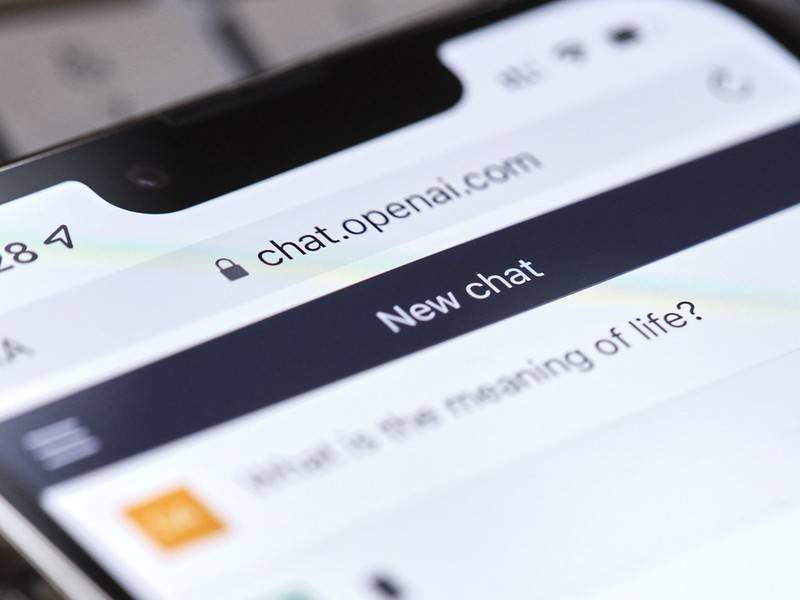⏳ TL;DR
- OpenAI releases two new open-source reasoning models: gpt-oss-120b (117B params) and gpt-oss-20b (21B params)
- Anthropic upgrades Claude Opus 4 to Claude Opus 4.1, improving coding performance from 72.5% to 74.5% on SWE-bench Verified
- Both companies emphasize hardware efficiency—gpt-oss-20b runs on a single 16GB GPU, making it ideal for local use
- Industry experts note this shift moves value from raw model access to enterprise tools, data, and reinforcement learning loops
✍️ The Story
In a pivotal moment for AI accessibility, OpenAI and Anthropic have simultaneously unveiled new language models designed not just to talk—but to think. These aren’t just incremental updates; they’re strategic moves that could reshape how businesses build intelligent systems.
OpenAI’s gpt-oss-120b and gpt-oss-20b are open-source marvels. The smaller 20-billion-parameter version can run on a single consumer-grade GPU with 16GB of memory—a game-changer for developers who want to experiment locally without cloud costs. Meanwhile, the larger 120-billion-parameter model matches the performance of OpenAI’s own proprietary o4-mini, but with the flexibility of open weights. Both leverage cutting-edge techniques like grouped multi-query attention and rotary positional embeddings to handle long inputs efficiently.
Meanwhile, Anthropic isn’t playing defense—it’s sharpening its edge. Its flagship Claude Opus 4.1 now scores 74.5% on SWE-bench Verified, up from 72.5%, cementing its reputation as the world’s best coding model. This isn’t just about numbers—it’s about real-world impact. Developers using Claude Opus 4.1 can now write, debug, and optimize code faster than ever before.
What makes this moment historic? It’s not just what these models do—it’s who gets to control them. As Dave Vellante of theCUBE Research puts it: "Proprietary API moats shrink; enterprises can now run and refine models in-house." The race is no longer just about who has the biggest model—it’s about who can build better tools, smarter guardrails, and more valuable data pipelines.
🔥 Why It Matters
- Enterprises will increasingly focus on building digital twins and agent-based workflows rather than relying on off-the-shelf APIs
- Open-source models lower barriers to entry but raise the stakes for differentiation through data, tooling, and reinforcement learning
- This shift empowers startups and mid-sized firms to compete with giants by leveraging local inference and custom training
🔗 How It Connects
Sources
Play
Thanks for providing the link. However, please specify which specific article or topic you'd like a summary on regarding reactions and opinions. This will help focus the analysis on the relevant content.
